In the case of some plants, even though they receive proper photoperiod, they do not flower. It means that apart from photoperiodism plants also require something for their subsequent flowering. But what is that?
Not all plants flower when subjected to the correct photoperiod. The temperature has a profound effect on the initiation and development of the reproductive structure. So, besides an appropriate photoperiod, certain plants require a low-temperature treatment during their earlier stages of life for subsequent flowering. The low-temperature treatment or cold treatment that promotes flowering is known as vernalization.
Vernalization
The word vernalization originated from the Latin ”vernus” which means “of the spring”. Vernalization is the induction of a plant’s flowering process by exposure to the long period of the cold of winter, or by an artificial equivalent.
After vernalization, plants have acquired the ability to flower, but they may require additional seasonal cues or weeks of growth before they will actually flower.
History of Vernalization
Vernalization was first realised by American agriculturist John Hancock Klippart in 1857 when he found that the winter wheat (sown in winter and flowering in summer) could be converted into spring wheat (sown in spring and flowering in summer) if the seeds after slight germination were kept at nearly freezing temperature (0°-5°C).
In 1928, the Soviet agronomist Trofim Lysenko published his works on the effects of cold on cereal seeds and coined the term “яровизация” (“jarovization”) to describe a chilling process he used to make the seeds of winter cereals behave like spring cereals (Jarovoe in Russian, originally from jar meaning fire or the god of spring). Lysenko himself translated the term into “vernalization” (from the Latin vernum meaning Spring).
Note: Jarovization (Russian)= Vernalization (Latin)= Springinization ( English)
*Vernalization is also called cold treatment or chilling treatment.
After Lysenko, the term was used to explain the ability of flowering in some plants after a period of chilling due to physiological changes and external factors.
The formal definition was given in 1960 by French botanist P. Chouard, as “the acquisition or acceleration of the ability to flower by a chilling treatment“.
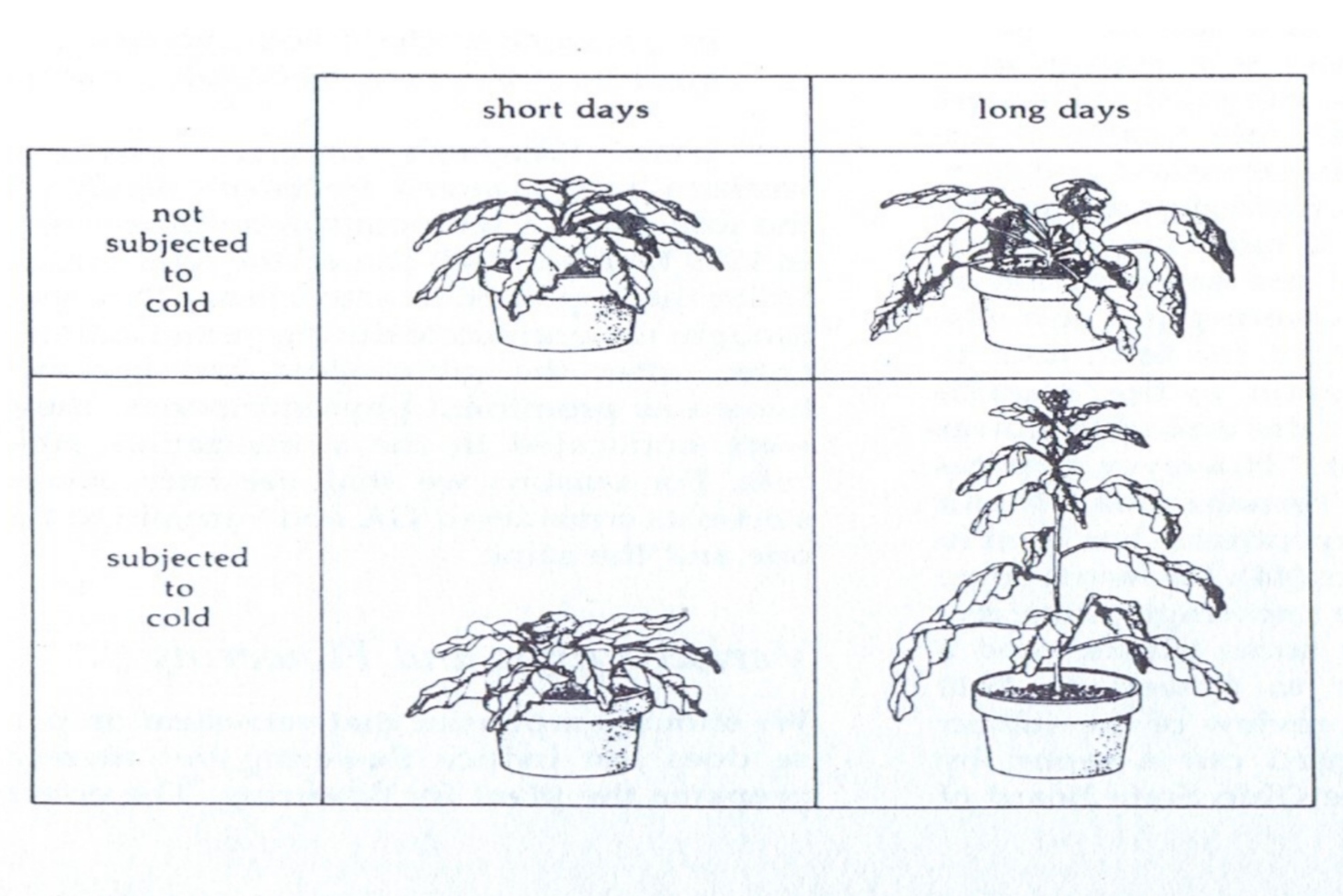
Perception of the Cold Stimulus
The cold stimulus is perceived by the apical meristems. But the work of Wellensiek (1964) on the vernalization of the excised or isolated left and root of Lunaria biennis has shown that all dividing cells including those in roots or leaves may be the potential sites of vernalization.
*The plants regenerated from isolated leaves or roots of unvernalized Lunaria biennis plants require vernalization in order to flower. But if the isolated leaves or roots are given a chilling treatment for sufficient time, the plants regenerated from them respond as if they themselves have been vernalized.
Presence of a Floral Hormone
It is believed that the perception of the cold stimulus results in the formation of a floral hormone which is transmitted to other parts of the plant.
The floral hormone has been named vernalin but it is yet to be isolated.
But some indirect evidence supports the existence of vernalin. Melchers performed two experiments:
1. In 1936, he grafted a vernalized henbane (Hyoscyamus) plant to a non-vernalized henbane plant. He found that the non-vernalized henbane flowered. He suggested that a stimulus in the form of a hormone had transmitted from vernalized to non-vernalized henbane inducing flower and named it vernalin in 1939.
∗But florigen also passes through graft union. Therefore, some physiologists suggested that florigen might be the vernalization stimulus.
2. An additional experiment by Melchers and Lang further proved it wrong. They grafted an unvernalized henbane plant to a Maryland mammoth tobacco plant. The henbane plant flowered. The stimulus is transmitted from the tobacco plant to the henbane through photo inductive cycle or non-inductive cycles. Since florigen is not produced in non-inductive cycles. Therefore, it cannot act as vernalin.
Chemical Nature of Vernalin
The low-temperature treatment produces vernalin. This vernalin induces flowering. However, this hypothetical hormone vernalin cannot be isolated. But some plant physiologists believed that some plant growth hormone gibberellins may act as vernalin.
Evidence of gibberellins as vernalin:
1. Anton Lang in 1957 applied gibberellins on biennials like henbane. Henbane requires a vernalization stimulus for flowering. Gibberellins induced flowering in it without cold temperature treatment.
2. Purvis in 1961 induced flowering in winter annuals by treating their seeds with gibberellins.
3. It was also found that the exposing of vernalization requiring species to low-temperature treatment produces a large amount of natural gibberellin. These indicate that the properties of gibberellins are similar to vernalin.
Objections on gibberellins as vernalin:
1. Gibberellin can induce flowering in long-day plants. However, if plants require both, i. e., long days and cold treatment, the gibberellins cannot substitute for both.
2. In rosette plants, such as henbane; gibberellins may only promote stem elongation and not flowering.
3. Gibberellins cannot induce flowering in short-day plants.
Hence, it may be stated that gibberellins and vernalin are two different compounds.
Mechanism of Vernalization
The mechanism of vernalization is still obscure. To describe the mechanism of vernalization, there are two main hypothetical theories. The two theories are described below:
1. Phasic Development Theory: The theory was proposed by Lysenko in 1934. According to this theory-
- The growth (increase in size) and development (i. e., the progressive change in the characteristic of the new organs) are two distinct phenomena.
- The process of the development of an annual seed plant consists of a series of phases that must occur in some predetermined sequence.
- Commencement of any of these phases will take place only when the preceding phase has been completed.
- Vernalization accelerates the thermophase i. e., that phase of development that is dependent upon temperature. After this, the protophase (light-dependent phase) starts.
Vernalization of the winter wheat accelerates the first thermophase so that there is an early swing from vegetative to the reproductive phase or flowering.
2. Hormonal Theory: It has already been described that vernalization probably involves the formation of a floral hormone called vernalin. Based on this fact, many hypothetical schemes have been proposed by different workers from time to time.
Purvis, 1961 proposed a hypothetical scheme to describe the mechanism of flowering in cereals.
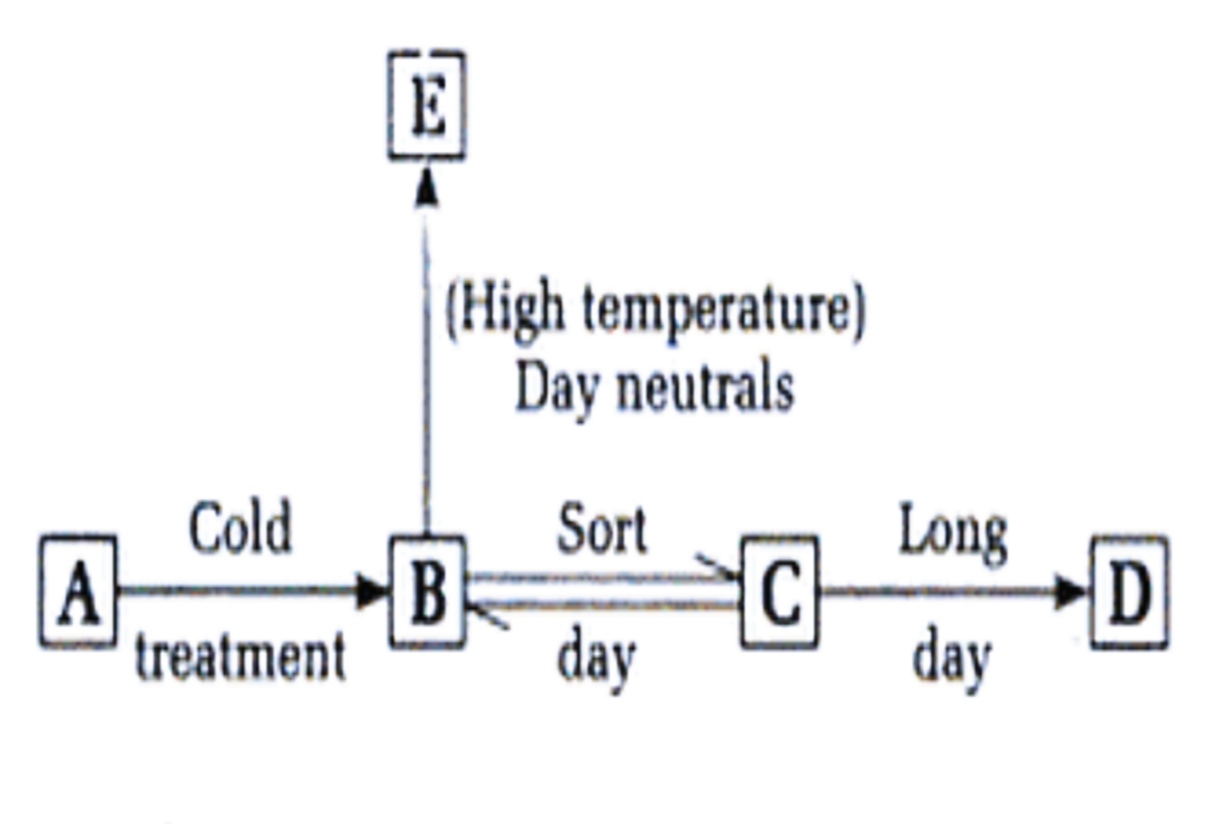
According to this scheme, the compound A is converted into B by cold treatment. The compound B can also be formed under normal temperature conditions. If high temperature is given the compound B changes to E which is probably a leaf forming substance. The reactions B to C to D remain under photoperiodic control. Here, D represents the flowering hormone whereas C is an intermediate. In vernalization winter rye or spring rye, under continuous light ( i. e., long days) B changes to C slowly and C into D rather quickly. When a sufficient amount of D is formed, flowering occurs. Under short days the reaction C to D is checked and the B changes to E. Hence no flowering takes place.
Factors affecting Vernalization
1. Temperature: Most suitable temperature for vernalizing the plants ranges between 1-6°C. The effectiveness of the low-temperature treatment decreases from 0°C to -4°C. Low temperature at about -6°C is completely ineffective. Similarly, at higher temperatures from 7°C onwards the response of the plants is decreased. Temperatures about 12-14°C are almost ineffective in in vernalizing the plants.
Note: The effect of vernalization become erased at -6°C. Because, below freezing point, cell division becomes unlikely/gets arrested (as ice crystals within the tissue are formed). The microscopic investigation has also failed to reveal it.
2. Duration of being exposed: Besides an appropriate low temperature, a suitable duration of this cold treatment is essential for vernalization. Depending upon the degree of temperature and in different species, this period may vary, but usually, the duration of the chilling treatment is about one and a half months or more.
3. Age of the plant: The age of the plant is an important factor in determining the responsiveness of the plant to the cold stimulus and it differs in different species. For example, in cereals like the winter wheat, the vernalization is effective only if the germinating seeds have received cold temperature treatment for sufficient time, while in case of the biennial variety of henbane (Hyoscyamus niger) the plants will respond to the cold temperature treatment only if they are in the rosette stage and have completed at least 10 days of growth.
4. Water: Sufficient amount of water is also essential for vernalization. Vernalization of the dry seeds is not possible.
5. Oxygen: The vernalization is an aerobic process and requires metabolic energy. In absence of oxygen, the cold treatment becomes completely ineffective.
Devernalization
To erase the effect of vernalization, a reverse process is applied which is known as devernalization.
So, the reversal of the effect of vernalization is called devernalization. In other words, the positive effect of the low-temperature treatment on the vernalization of the plants can be counteracted by subsequent high-temperature treatment. This is called devernalization.
The reversal may be accomplished by drying the vernalized grains and storing them under dry conditions for several weeks. Grains of Petkus winter rye retain the vernalized condition for 6 weeks, but by 8 weeks they are almost completely devernalized. However, the most effective devernalizing factor is high temperature. If vernalized seeds are given high-temperature treatment, the effect of vernalization disappears. The wheat and henbane grains can be vernalized if they are kept at 35°C. But devernalization has to be done after a brief vernalization period. Because an increase in the duration of the vernalization treatment causes an increase in the stability of the plant toward high-temperature reversal. For example, if the vernalized henbane is allowed a period of 3 to 4 days at 20°C, devernalization is not possible. After nullifying the effects of high temperature, revernalization is again possible by cold treatments in many plants.
The practical utility of Vernalization
1. Vernalization shortens the vegetative period of the plants.
2. It increases the cold resistance of the plants.
3. It also helps certain crop plants to escape the harmful effects of severe winter in colder counties like Russia, thus improving crop production.
4. Increases the resistance of plants to fungal diseases.
Related Articles
References
- Fundamentals of Plant Physiology by Dr V. K. Jain
- Vernalization from Wikipedia
 Plantlet The Blogging Platform of Department of Botany, University of Dhaka
Plantlet The Blogging Platform of Department of Botany, University of Dhaka
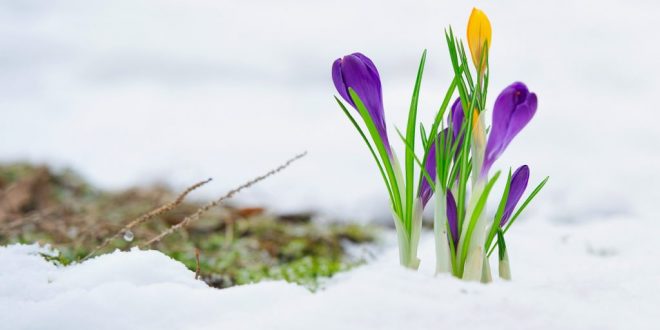

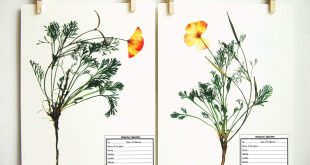

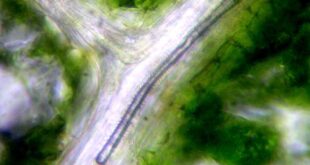
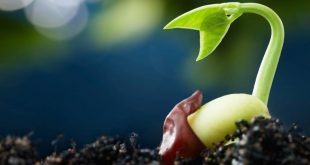
I may need your help. I’ve been doing research recently, and I’ve tried a lot of different things. Later, I read your article, and I think your way of writing has given me some innovative ideas, thank you very much.